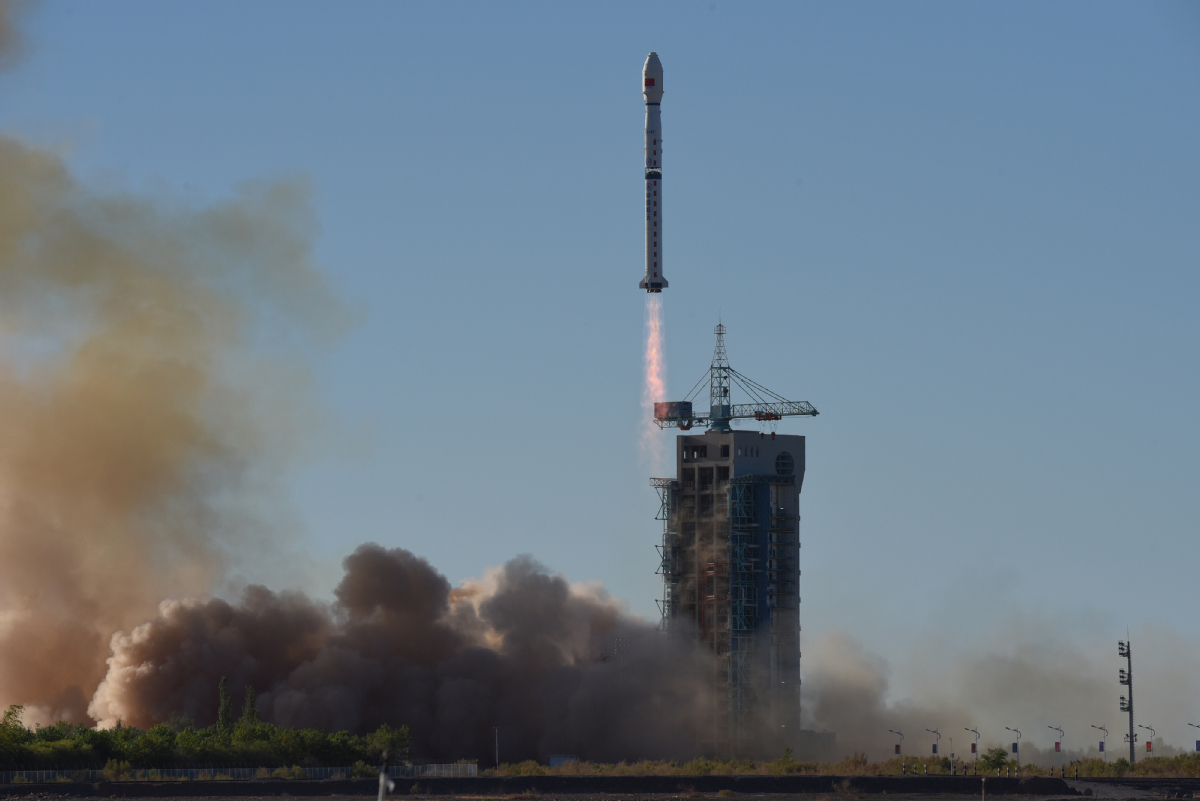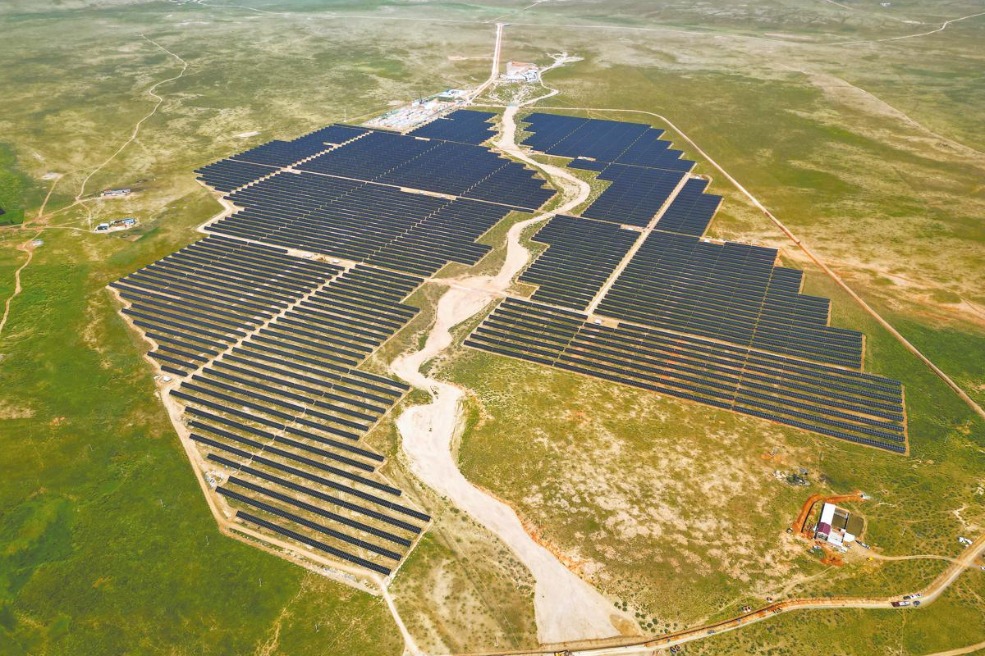China's new satellite to enhance global weather forecasting


Satellites in polar orbits can cover the entire globe regularly when they circle the Earth which rotates beneath them.
"The Fengyun 3E together with other polar-orbiting ones helps achieve collect the entire globe's data every six hours that the numerical forecast commonly requires to ensure the effectiveness. Previously, there was always around one-fourth of the planet missing in the global image," Zhang said.
He added that back in 2009, experts from the World Meteorological Organization pointed out the problem and suggested developing the third kind of orbit. In 2014, China started to research on the new polar-orbiting satellite.
Tang Shihao, chief designer of the Fengyun satellites' engineering application system, said that Fengyun 3E will also fill the data gap by monitoring atmospheric conditions in early morning and at dusk — time periods that AM and PM ones can't cover.
One advanced technology carried by the early morning-orbit satellite solved the problem of night imaging, Tang said.
"Sunlight conditions during sunrise and sunset are not favorable for imaging during a day. We added night camera functions to take clear pictures.
"The atmospheric conditions at the time remain the most stable of a day and analysis on them can represent climatic characteristics the most.
"Certain weather events including fogs always occur in early morning and the satellite can detect and forecast them to aid transportation," he said.
























